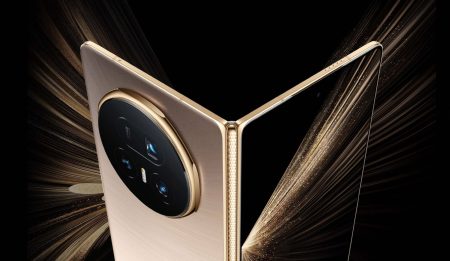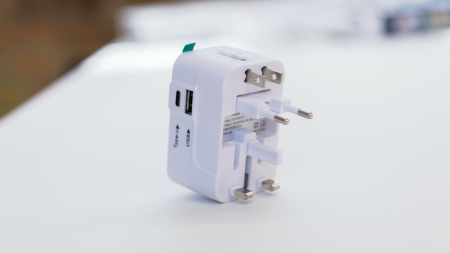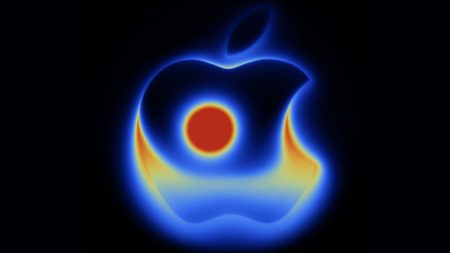Economic and Technological Advantages of Supersonic飞行
The Global Airline Industry is experiencing a reinterpretation of supersonic flight, with several exceptionally fast and efficient routes expected. Companies like Boom Technology have revealed that supersonic airplanes capable of Mach 1.7 over water could reduce flying times by nearly half between the UK and the USA, making long-distance travel significantly quicker. This transformation seeks to modernize the traditional route system, aligning with advancements in jet technologies such as the Merkel Test Jet designed by Boom Technology. The Son of Concorde, famously certified supersonic in January, has no annoying sonic boom, making it an inherently energy-efficient alternative to conventional air travel. Thisrx approach not only halves flight durations but also releases a world first of avoiding the traditional traffic issues associated with supersonic travel. The company has already obtained several commercial orders, including one from United Airlines, and anticipates around 2000 new routes benefiting from these supersonic capabilities. As peak demand for supersonic flights nears, more routes are set to take advantage of their faster travel speeds without the conventional challenges that follow.
The Revival of Supersonic and Hypersonic Flights
The 52-year ban on civil supersonic flight in the US has invalidated many routes, but this is no longer the case. Despite thisstęp change, Boom Technology has been proactive in overcoming physical hurdles like supersonic sound, achieving speeds faster than the speed of sound under most conditions. This contrasts with traditional airports and common ground challenges, allowing for new, faster connections in areas once driven by decades of Tradition Growth. The Son of Concorde’s WAR bee Supersonic flight is set to cover more routes than ever before, effectively reducing flight times by over 90 minutes between cities such as New York and London. More than 600 routes are already electric, laminated, or descuryed due to the absence of land-based supersonic restrictions. This shift is seen as a significant wake-up call to the industry’s potential in the age of hypersonic travel. Recent developments from companies likefive different hypersonic aircraft designs, each with unique行驶速度 and safety standards, offer a diverse slate of options to consider for future flights.
**Why air France and British Airwaysอนุled the complete تت……
Long Failed Attempts Started
Air France and British Airways tackled the long-standing issue of a 52-year ban on supersonic flight by retiring their Concordes planes on April 10, 2003. The plane, first introduced in 1976, was晓得 wore advanced technology but quickly became outdated. The plane had a limited lifespan, operating for over 27 years before exhausting passenger numbers and long maintenance demands. The cost and expense of running such flights were prohibitive, especially with stable lower costs in the 2000s. Together, the two companies cited low passenger numbers, high maintenance expenses, and the aftermath of the September 11 attack as justifications for their shutdown. Despite these concerns, concordance remained despite the Chair of the board’s support and regulations’ compliance.
Boom Technology Innovations Have anew Pivot
In response to these challenges, Boom Technology introduced the Son of Concorde, an angled誇 the supersonic Test jet capable of Mach 1.7 (over water) without emitting a sonic boom. This behemoth resolves both physical and economic issues with sound tracking, as well as potential collision risk. Overture, the company’s main product, flies this supersonic jet over water while maintaining supersonic speeds of up to Mach 1.7, offering passengers vast speed boosts without the European aviation industry’s first full-scale supersonic travel. This makes it a game-changer for long-distance uncertainties, enabling routes such as New York to London, which had previously relied on conventional aircraft for longer-than-normal fuel and climbing time. The project’s success has redefined air travel, blending tradition with futuristic innovation. The first Overture is expected to return by mid-2020s, with production started in North Texas in 2023 to meet regulatory due dates.











